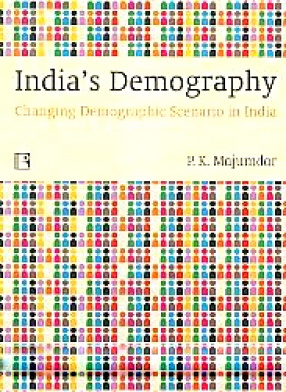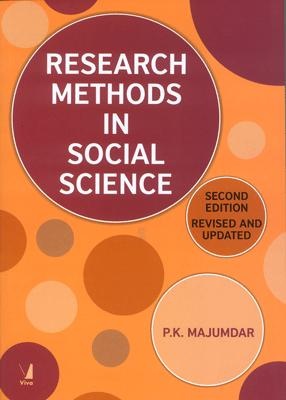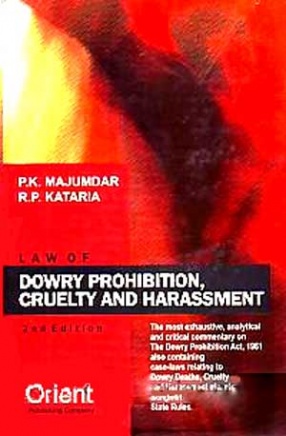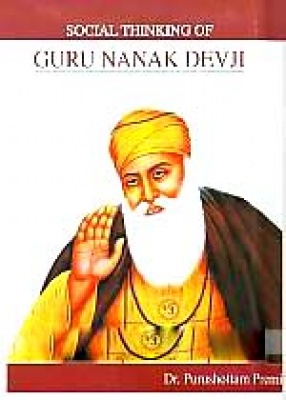Tracing the history of population growth in India vis–vis the world since pre-census years the author, in this book, has shown how population growth in India and elsewhere is overwhelmingly linked to death rates mostly caused by epidemics and famines that visited the country almost regularly. Once these came under some control along with the arrival of preventive medicines and improved health care facilities, death rate plummeted rapidly resulting in faster growth of population. The book appreciates how control of birth rate and arresting IMR and child mortality became the top priority of the government to contain population growth. It gives a detailed account of how the general death rate and IMR fell resulting in increase in life expectancy, and also examines some key differentials like sex, education, occupation, religion and residence with the help of tables and graphs. Besides, the 2011 population data confirms that missing girls has become a critical issue in age-sex structure in the population. Dismal conditions of health services and education have been emphasized upon. The impact of economic liberalization, infrastructure development, land use, poor technology for food grain production, per capita consumption/expenditure, employment situation and many other related issues have been thoroughly discussed. The author is critical about some aspects of census operations and reports. Anomalies in age composition of the population, especially in some selected ages, have been highlighted. The drastic drop in sex ratio in the age group 0-4 in the latter half of the past millennium raises many unanswered questions. In spite the Marriage Restraint Act, 1976 and repeated directives from the Supreme Court for making registration compulsory for every marriage, nothing has been done by the governments to prevent early marriage of girls. Written in a candid and lucid manner, the book is a valued text for the undergraduate and graduate students in social sciences.
Contents: 1. Country Profile of India. 2. Population Growth in India. 3. Sources of Demographic Data in India. 4. Composition of Population of India. 5. Literacy in India. 6.Urbanization in India. 7. Working Population in India. 8. Trends and Differentials in Fertility in India. 9. Trends and Differentials in Mortality in India. 10. Migration in India. 11. Economic Well-being: Some Acute Problems in India. 12. National Human Development. 13. Family Planning (Welfare) Program in India. 14. Census of India 2011: Provisional Populational Totals. Appendices. Index.








There are no reviews yet.